Using Creative Commons (CC) Licenses and CC-Licensed Works by Jenny Wallace is licensed under Attribution-NonCommercial 4.0 International
- Introduction
- Defining collection and adaptation
- CC-licensing a collection
- CC-licensing an adaptation
- Sources
Introduction
One of the valuable benefits of Creative Commons (CC) licenses is the ability to reuse and adapt CC-licensed materials.
To adapt CC-licensed works, users should be aware of recommendations and restrictions related to using and applying CC licenses. This blog post unpacks the key considerations for users and includes some illustrative examples.
Defining collection and adaptation
Bringing individual, unedited works together in an original arrangement or configuration is known as a collection.
An adaptation is a creation made from another source or multiple sources, where the changes you have made constitute a new and original work with sufficient new creativity to be copyrightable. Creative Commons uses the term adaptation interchangeably with derivative and remix (although some countries differentiate between adaptations and derivatives).
Creative Commons likens the difference between a collection and an adaptation to a TV dinner vs a smoothie; the first is an arranged collection of distinct foods, and the second is a blend in which the original ingredients might be completely obscured. Another analogy is that a collection is like a salad, and an adaptation is like a soup.

A delicious green smoothie, blended from individual ingredients.1
The line between collection and adaptation
The line between what constitutes a collection of works and an adaptation of works is based on applicable copyright law, but can be subjective, particularly when multiple individual works are brought together into one larger work. If a combination of works is anything more than a mechanical arrangement, it could be considered an adaptation. For example, under CC licensing, overlaying a slideshow of images with music is considered an adaptation.
According to the Australian Copyright Act 1968, an adaptation includes a format shift (e.g. a book to a play), making an arrangement or transcription of music, translating a work, making a version of a work in which the action is conveyed solely or mainly by images, or creating a version of a computer program that is not a reproduction.
However, all CC licenses allow the user to change the format or medium of a work without those changes being considered adaptations, even if though the applicable copyright law indicates otherwise. For example, a book that uses the CC BY-NC-ND license may be redistributed in print form when it was originally distributed online, even if formatting changes have been made, as long as the distribution complies with the other terms of the license.
CC-licensing a collection
It may be more useful to think of a collection as a gallery, photo album, playlist, anthology or encyclopedia.
A collection must provide the attribution and licensing information about each individual work. This enables people viewing the collection to identify the licensing terms that apply to specific content. A new CC license can be applied to the collection, but the license applies only to the original arrangement of the sources. The sources themselves retain their original copyright.
As collections are not adaptations of CC-licensed works, they can include:
- a work with a CC ShareAlike-license without having to apply the ShareAlike restriction to the new license of the collection.
- a CC NoDerivatives-licensed work.
Collections must comply with the NonCommercial restriction if it is included in the license of any of the source works.
An example of a collection
In Figure 1: ‘The phases of Sydney Harbour Bridge – gallery’, five CC-licensed images have been selected and collected together in a gallery. The images are all distinct, unedited, clearly attributed and linked back to their original sources.
The new CC BY-NC 4.0 license applies only to the original arrangement of the images, which in this case is meant to symbolise the clockwise movement of time and the changing light around Sydney Harbour Bridge over the course of a day. All the source images carry the license CC BY 2.0, which is compatible with the new license.
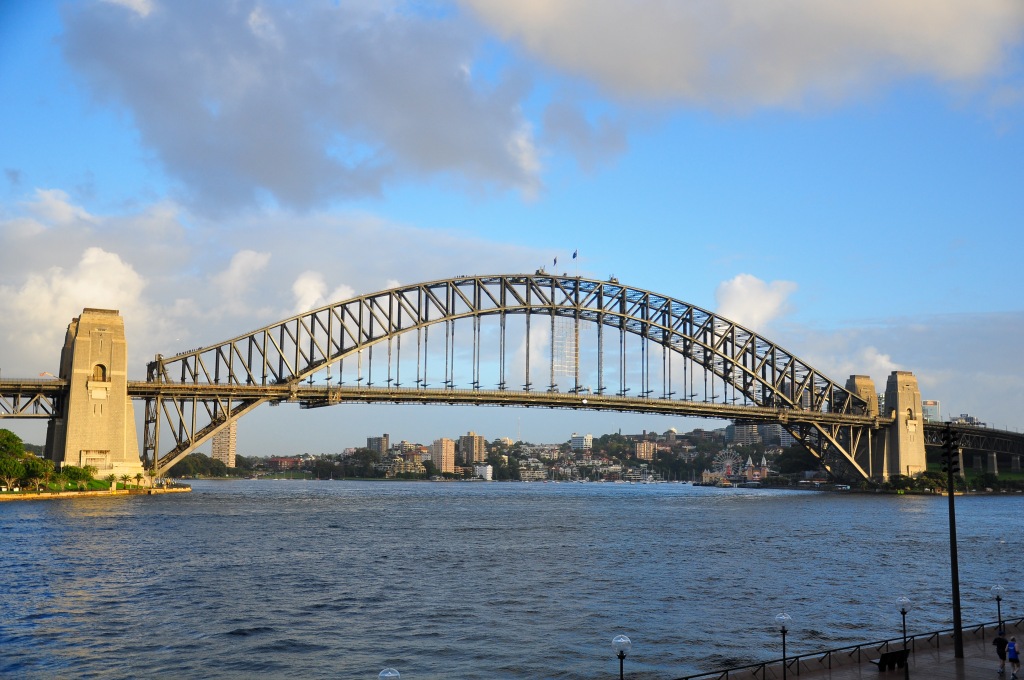
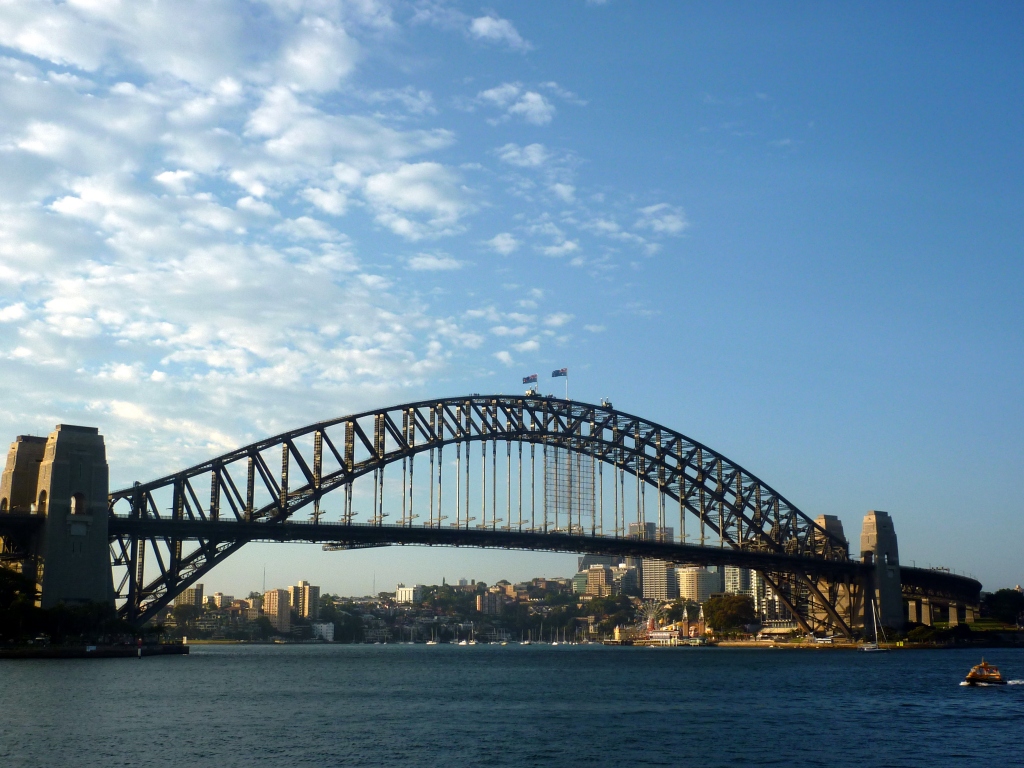
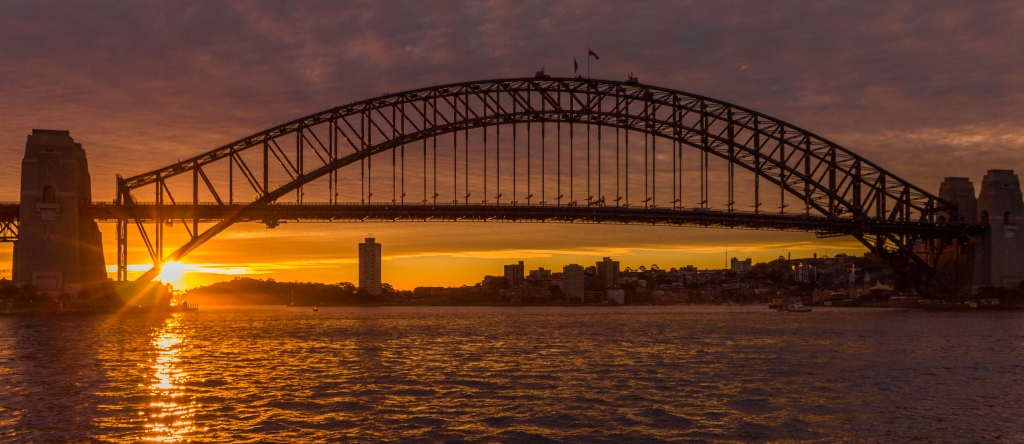
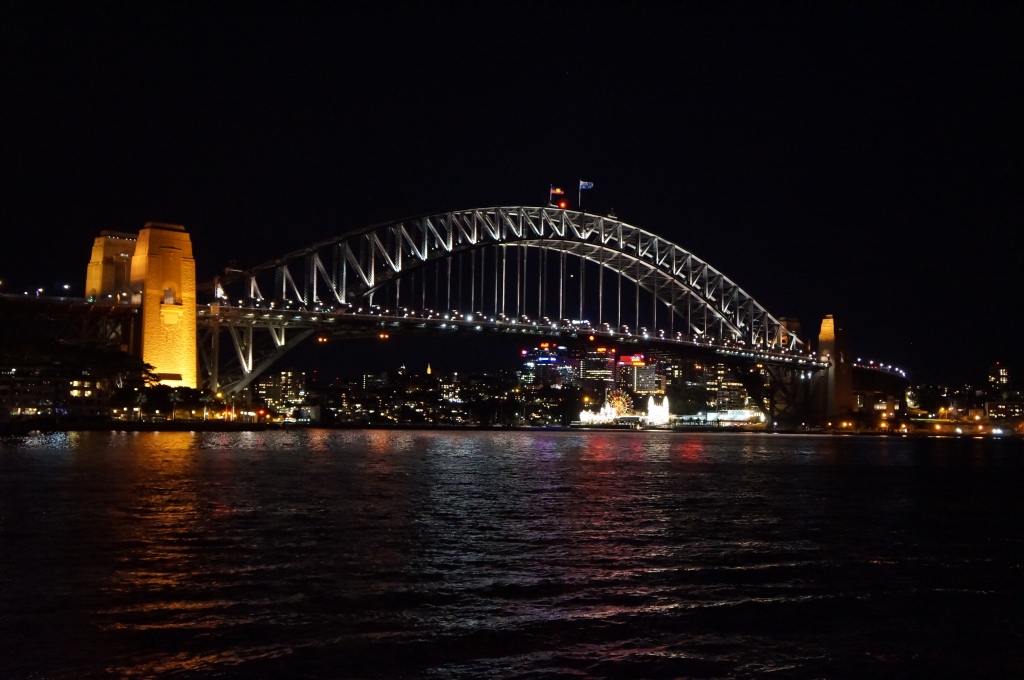
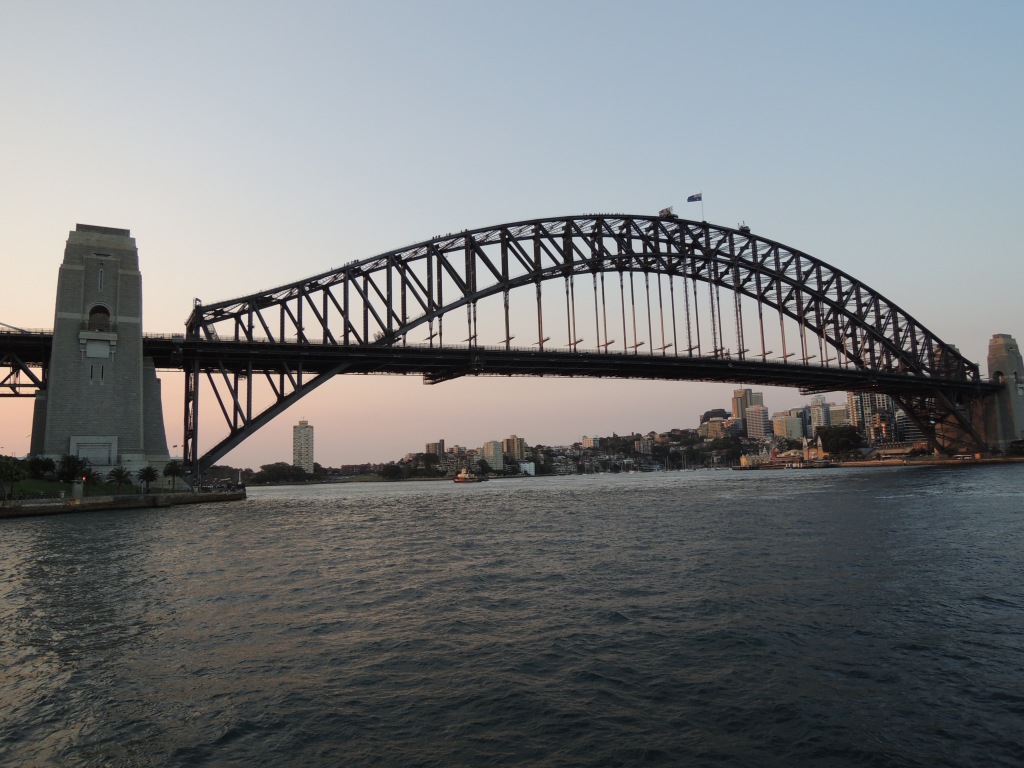
Figure 1: This work ‘The phases of Sydney Harbour Bridge – gallery’ is a collection of five images.2 ‘The phases of Sydney Harbour Bridge – gallery’ is licensed under CC BY-NC 4.0 by Jenny Wallace.
CC-licensing an adaptation
An adaptation, derivative or remix takes an original work or multiple works and makes a new creation. This new adaptation can then be CC-licensed – known as the adaptor’s license.
Although it is often not possible to identify individual source works in an adaptation, the original sources should still be attributed when they are reused in an adaptation.
If adapting an older version of a CC-licensed work, then the adaptor should apply the latest version of the license to the adaptation. For example, when adapting a CC BY 2.0 work, the adaptor should apply at least CC BY 4.0 to the adaptation where possible, to ensure the license is as up to date as possible. Exceptions to this are CC BY-SA 1.0 and CC BY-NC-SA 1.0, which are not compatible with later versions.
Single source adaptations
When adapting a single source and creating the adaptor’s license, the adaptor should check that the license of the original source is compatible with the new license they want to choose.
Considerations:
- Creative Commons recommends that the adaptor’s license should include at least the same elements as the license applied to the original. For example, if the source work is licensed CC BY-NC, then the adapted work should carry at least a CC BY-NC license.
- If a source work is NoDerivatives-licensed, then it cannot be adapted and an adaptor’s license is therefore not possible. However, adaptations can be made for personal use.
- Some source work licenses oblige the adaptor to choose a specific or compatible license. For example, if a source work is ShareAlike-licensed, then adaptations must be licensed under the same or a compatible license.
Figure 2: CC Adaptor’s License Chart shows which adaptor’s licenses are possible, depending on the license of the original work.
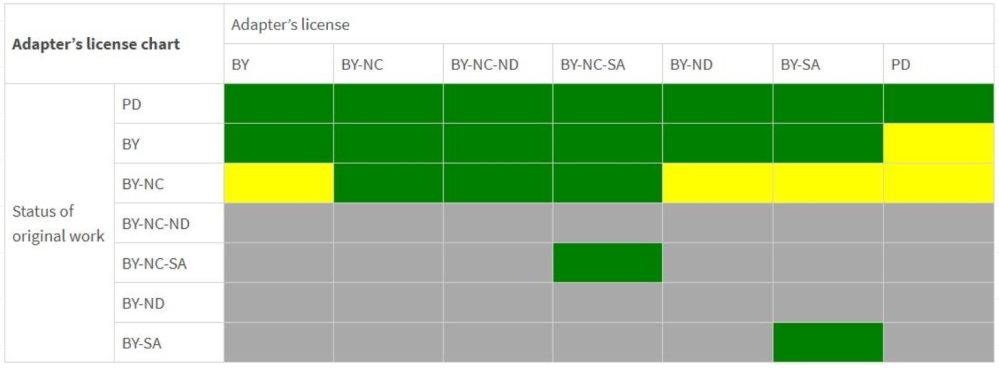
Figure 2: CC Adaptor’s License Chart.3 CC Adaptor’s License Chart accessible text description.
Multiple source adaptations
When adapting more than one original source into an adaption, the adaptor also needs to check whether the source licenses are compatible with each other. When choosing a license for the new work, the adaptor should choose the more restrictive of the licenses that are being combined.
For example, if a new creation is adapted from a combination of two works with the licenses CC BY and CC BY-NC, the adaptor should choose CC BY-NC for the new adaptation.
Figure 3: CC License Compatibility Chart shows whether works are compatible (whether they can be combined into one adaptation) based on the licenses of the individual original works.
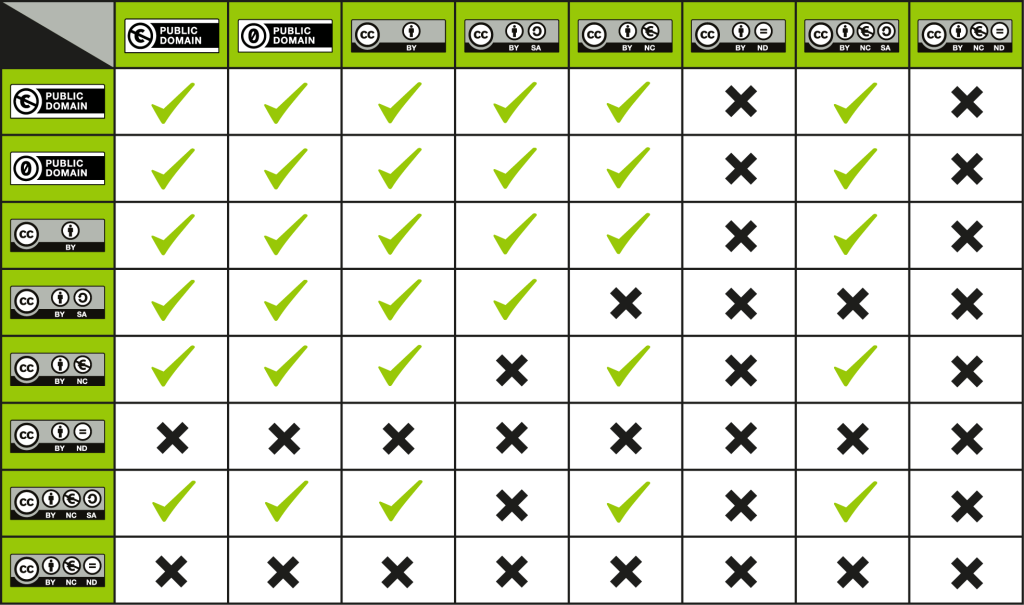
Figure 3: CC License Compatibility Chart.4 CC License compatibility chart accessible text description.
An example of an adaptation
In Figure 4: ‘The phases of Sydney Harbour Bridge – adaptation’, five CC-licensed images have been manipulated (in this case cropped, transformed, flipped and merged) to generate a new original work. The images have been mixed together in a way that creates a brand new image. The original sources do not appear distinct and unedited.
The CC BY-NC 4.0 license applies to the adaptation, which in this case is meant to symbolise the clockwise movement of time and the changing light around Sydney Harbour Bridge over the course of a day. All the source images carry the license CC BY 2.0, which is compatible with the new license.
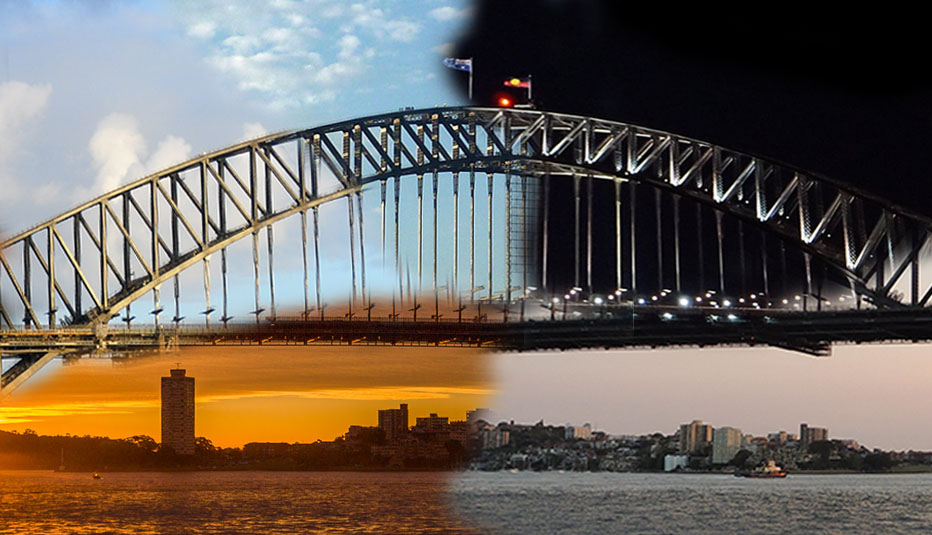
Figure 4: This work ‘The phases of Sydney Harbour Bridge – adaptation’ is an adaptation of five sources5 that have been cropped, transformed, flipped and merged. ‘The phases of Sydney Harbour Bridge – adaptation’ is licensed under CC BY-NC 4.0 by Jenny Wallace.
Sources
Except where otherwise noted, ‘Using Creative Commons (CC) Licenses and CC-Licensed Works’ is a remix of the following sources. The sources have been adapted, mixed and summarised, with original material added:
- 4.4 Remixing CC-Licensed Work by Creative Commons, licensed under CC BY 4.0.
- The section ‘Combining and adapting CC material’ in Frequently Asked Questions by Creative Commons, licensed under CC BY 4.0.
Image attributions
- Green Smoothie by Robert Gourley. CC BY 2.0. ↩︎
- Images moving clockwise from top left, or morning to night:
1. Sydney Harbour Bridge by Kimberly Vardeman. CC BY 2.0.
2. Sydney Harbour Bridge, Australia by Global Water Forum. CC BY 2.0.
3. _MG_0596.jpg by Danijel-James Wynyard. CC BY 2.0.
4. Sydney Harbour Bridge by Ajay Goyal. CC BY 2.0.
5. Sydney Harbour Bridge by DGriebeling. CC BY 2.0. ↩︎ - CC Adapters License Chart by Creative Commons. CC BY 4.0. ↩︎
- CC License Compatibility Chart by Creative Commons. CC BY 4.0. ↩︎
- Images in the adaptation:
1. Sydney Harbour Bridge by Kimberly Vardeman. CC BY 2.0.
2. Sydney Harbour Bridge, Australia by Global Water Forum. CC BY 2.0.
3. _MG_0596.jpg by Danijel-James Wynyard. CC BY 2.0.
4. Sydney Harbour Bridge by Ajay Goyal. CC BY 2.0.
5. Sydney Harbour Bridge by DGriebeling. CC BY 2.0. ↩︎